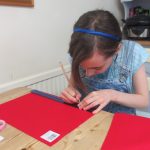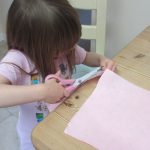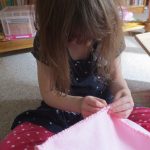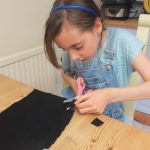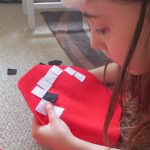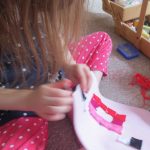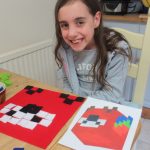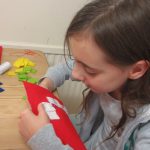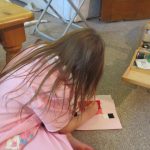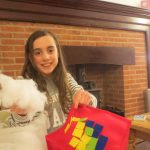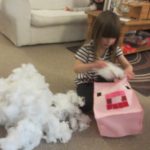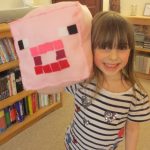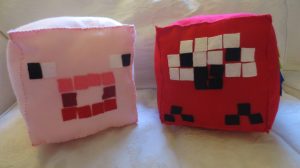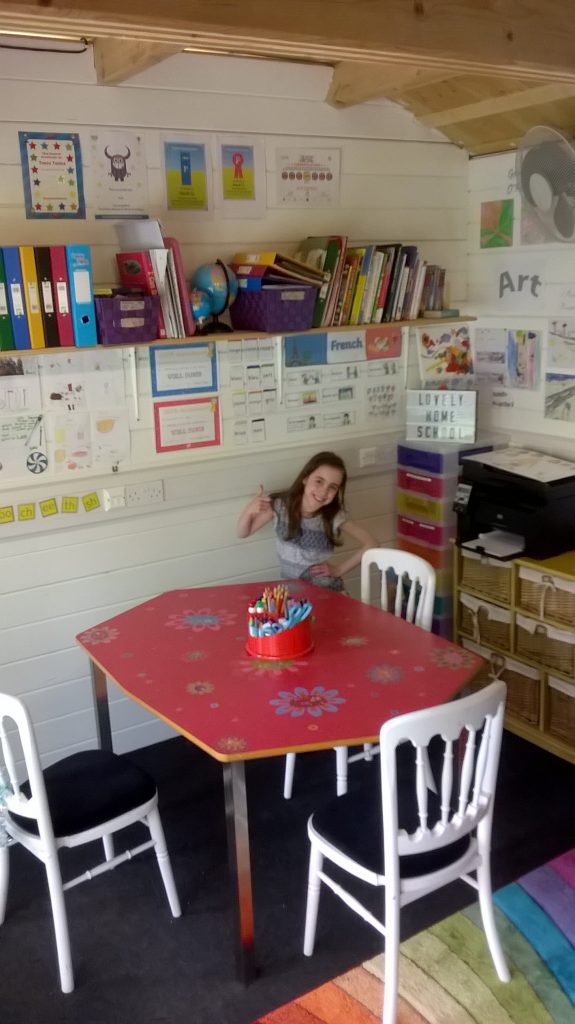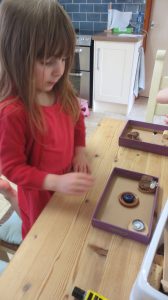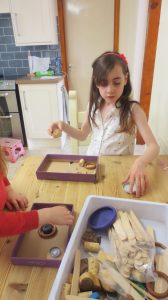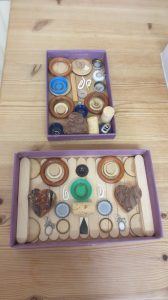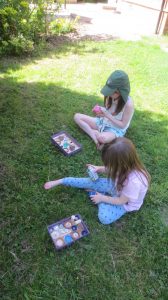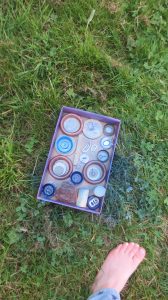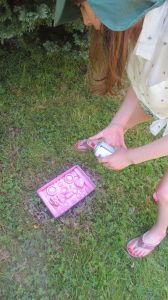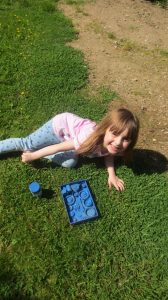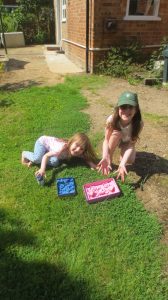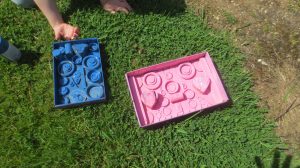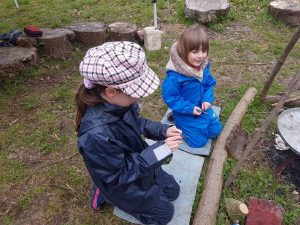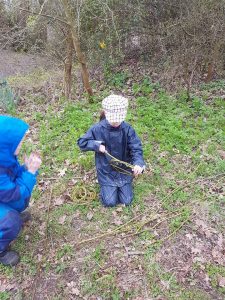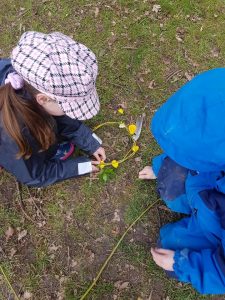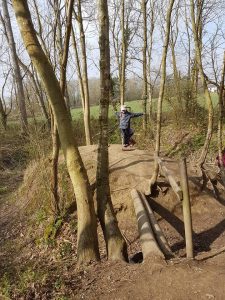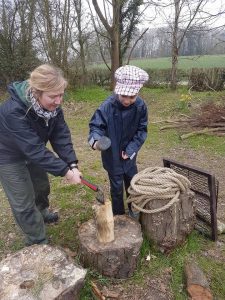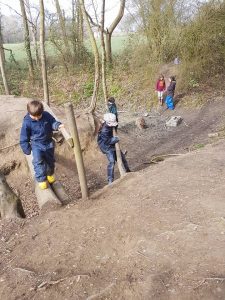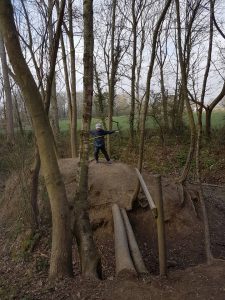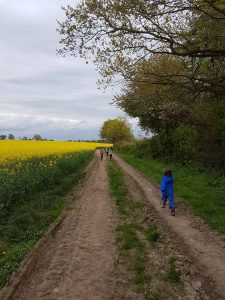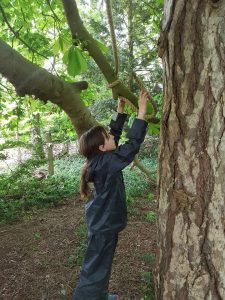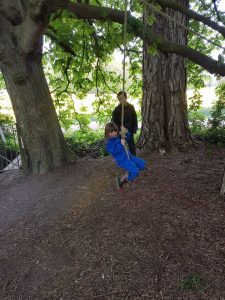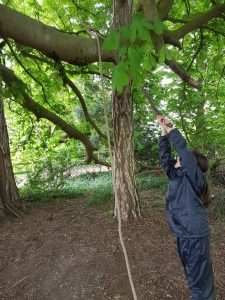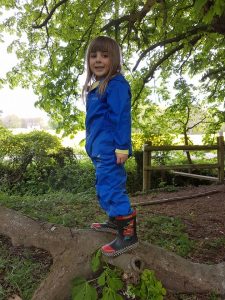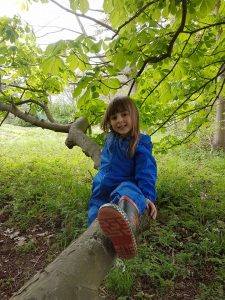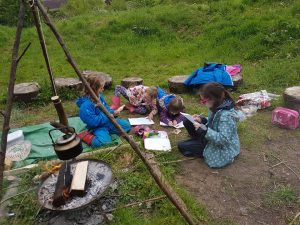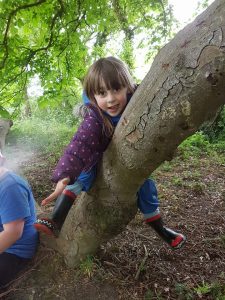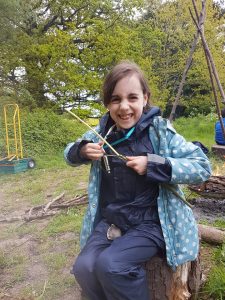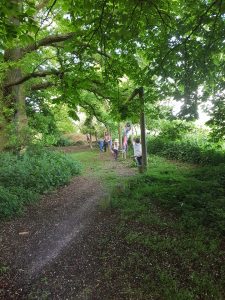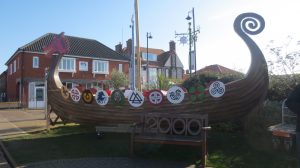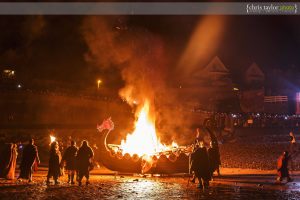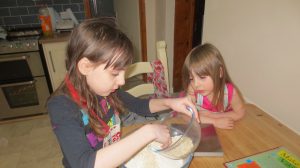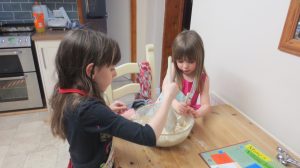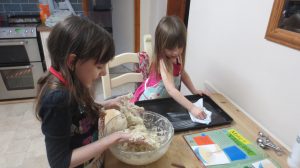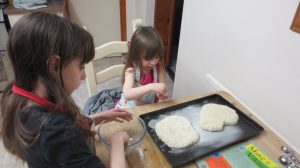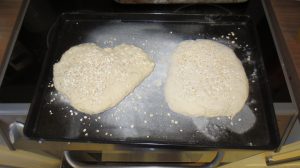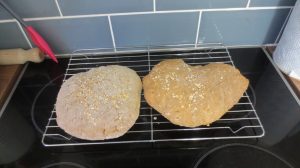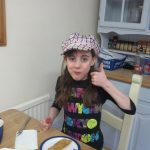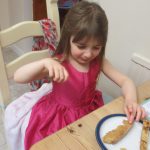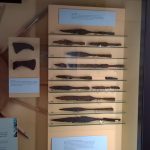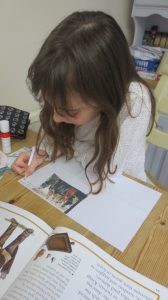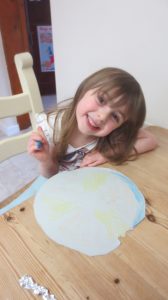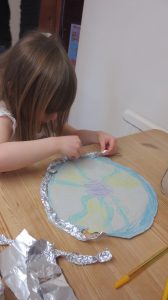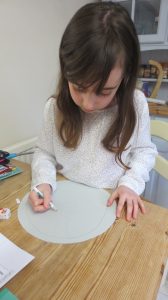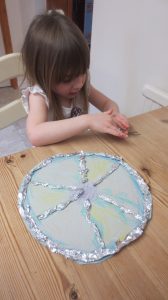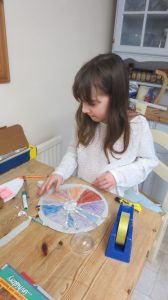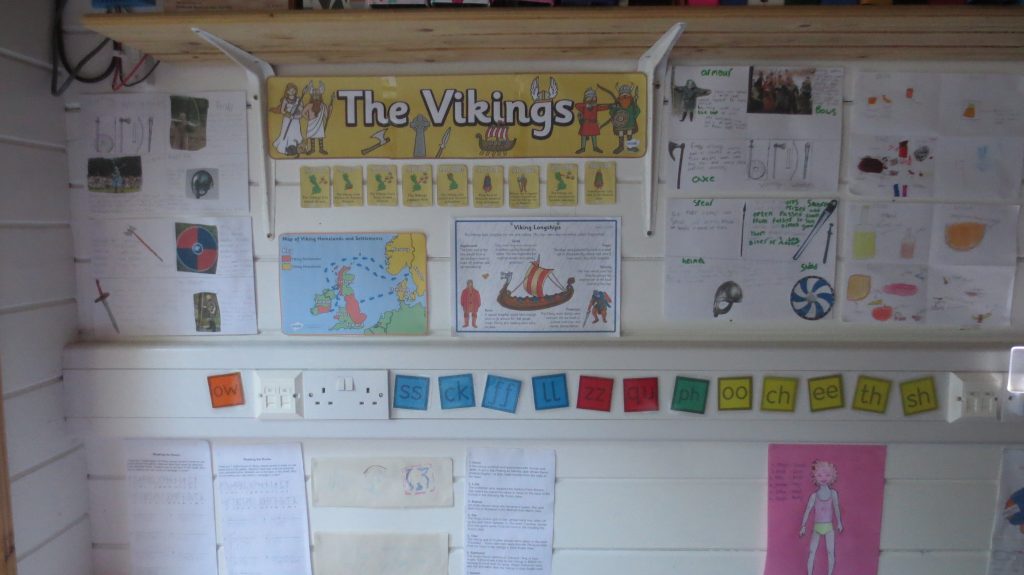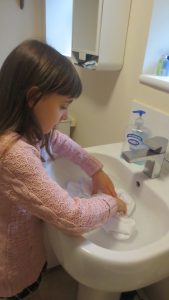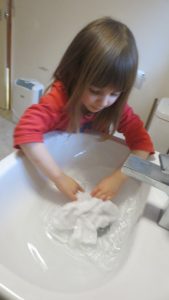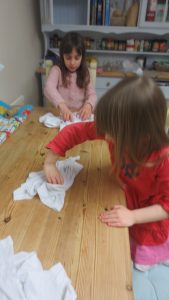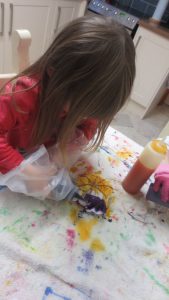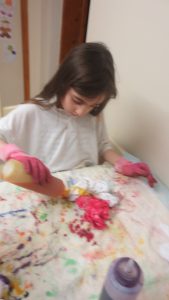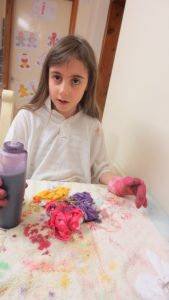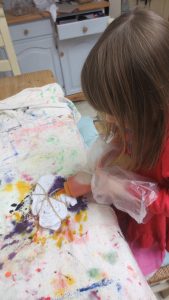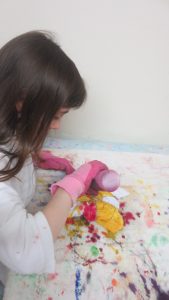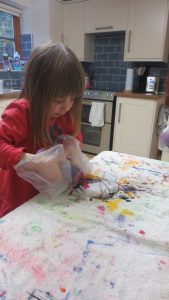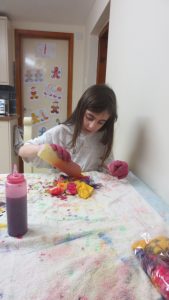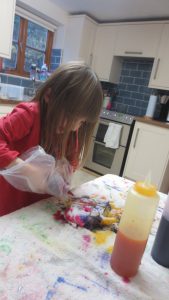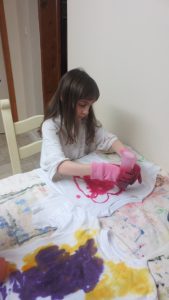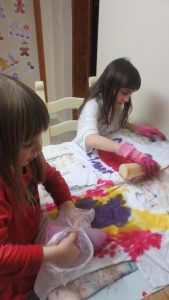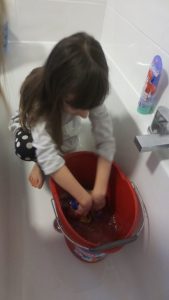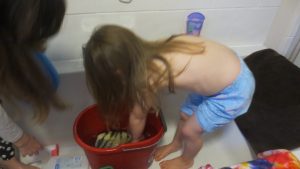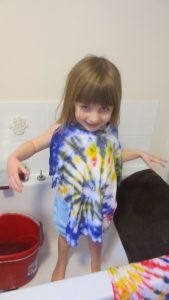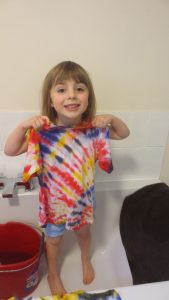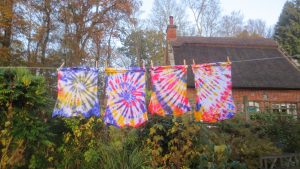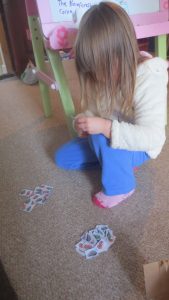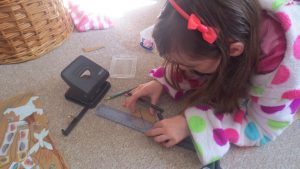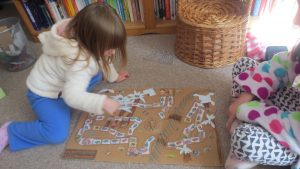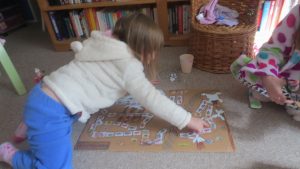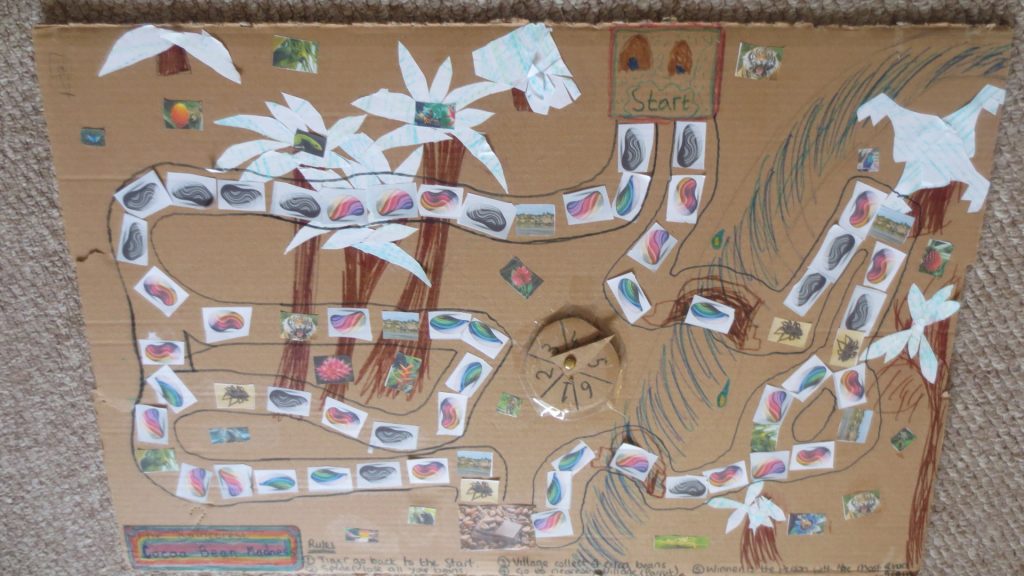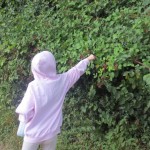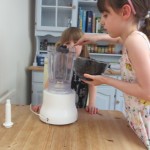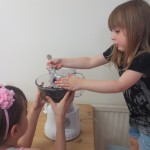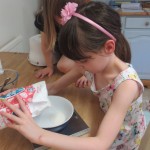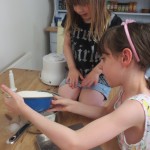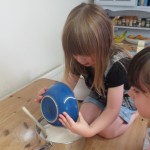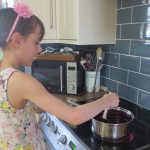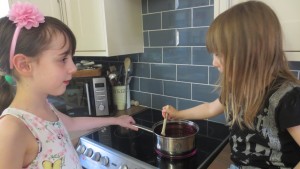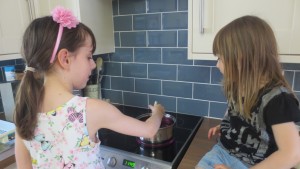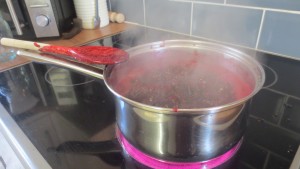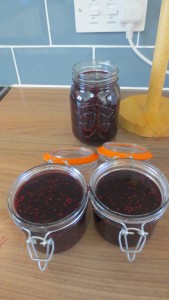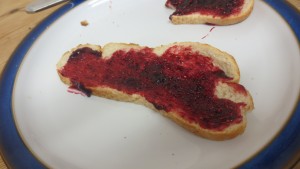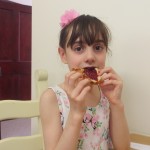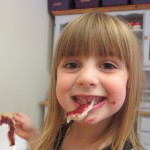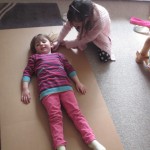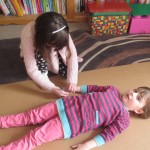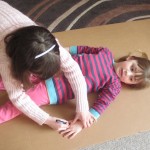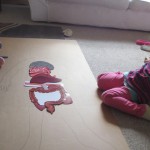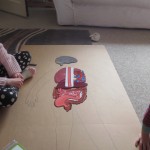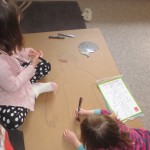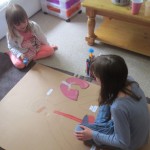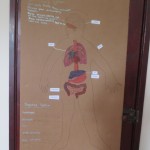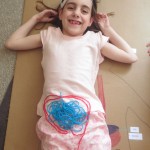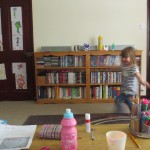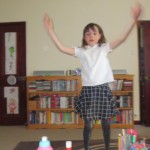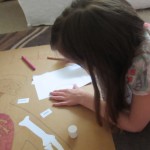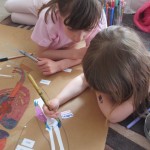Whenever anyone finds out we home educate we are normally asked a lot, and I mean a lot, of questions. I can usually guess what these questions will be as most people ask the same ones.
Until recently I think people just assumed my children were too young for school even though Elsa is obviously of an age where she ‘should be at school’. Now we are being asked questions on a more regular basis.
Here are some of the most common questions we are asked, so maybe if you see someone who is ‘of school age’ you will already know the answers to some of the questions you may have. 🙂
- We are semi-structured which means that we do some formal work. therefore some of the answers we give will not be relevant to how other people home educate their children.
Don’t your children go to school?
No they don’t go to school, we home educate. This means we educate them elsewhere than an educational facility. Until recently this question has not been asked too often. However over the two weeks I’ve been asked this three times.
Is home education legal?
Yes it is legal to home educate in the UK.
Do we have to follow the school curriculum?
We look at the curriculum for Maths and English occasionally, but no we do not follow it properly and legally we do not have to follow it either. The UK school curriculum is one reason we took Elsa out of school in the first place. Too much ‘teaching to test’ and not enough personal development of the children.
Are you a teacher?
I am not a teacher. I am a qualified nursery nurse. Therefore anything we learn we learn together. We discuss what topics the girls would like to do. I prepare the work we do, so I know what I’m going to teach. A lot of the time I ask for the girls to research their own work. We use resources from the library and visit places of interest if they are deemed educational to the topic we are doing at the time.
How do you know what to teach?
Formally we do Maths and English and that’s it. We very loosely follow the school curriculum for those, but I don’t teach them the way they are taught in school as it all seems so convoluted and difficult. I give my girls different methods of learning so they can choose which way works best for them. They are very different children, so different methods work better for each of them. In school they wouldn’t be able to do that. It would be one way only and if they didn’t get it then they would get left behind.
The rest of what I ‘teach’? Well they choose what they are interested in learning. At present we have one topic and one language on the go, they chose one each. I collate a mini curriculum so I can ‘teach’ them the main parts of those subjects. We learn together. That is why I love home education. I’m learning as much as them.
Does anyone check what you are teaching?
Home educated people are not checked by anyone. You can, if you wish, accept a visit from the home education department at the council, who will come and see if you need assistance in any areas and offer advice should you need it. We are happy to have these people visit us and at present they only come to see us about Elsa, but they obviously know about Anna as well. She is still under official school age, so they don’t ask us about anything she’s doing.
Some home educators do not wish to see people from the council and that is their right. Legally you do not have to, however, we don’t have a problem with them visiting us. They have asked to visit once a year and we can accept or refuse as we wish. However, we can always contact them should we need them.
What about exams?
Just because we home educate does not mean that they can’t sit exams. They can do online IGCSE’s which are the equivalent of ones sat in school. They can also attend college from age 14 and sit GCSE’s there if they wish.
Will they ever go to school?
I can’t say they won’t ever go to school because it’s their choice. Elsa was in school until the age of 8. Anna has never been. I ask Elsa each January if she’d like to go back the following September. So far she’s always said no (unsurprisingly).
What about college/university?
In the county where we live, the local college has specific places for home educated children which is great. So if my girls would like to go to college they can. They can get the relevant qualifications to go to university from there if they wish. or use the IGCSE’s from above to apply for college or jobs.
What about doing sport?
As a home educator there are so many classes available to us in a number of different subject areas. My girls go to gym and they both love it. Last year I arranged a sports day for our local home ed children. That was a lot of fun. If there isn’t something available during the day (e.g karate or swimming), we can often get groups together and we can contact places and often they will put on classes/lessons especially for us.
How will they socialise?
This is the most common question we get asked. It’s funny because it is the thing I worried about the most before we actually removed Elsa from school.
However, at school the children are mixing with their teacher and their peers. All the same age, all the same people day in and day out. Home educated children meet lots of different children from different backgrounds and different ages. My children attend various clubs during the week to cover the subjects I think are important that I can’t do. At these they meet and play with other children ranging from new-born – 15. They are also interacting with different adults during the week. I think that my children (particularly my oldest who was shy and quiet) are more confident now.
Do you receive funding?
Oh I wish we did but sadly no we don’t. So the more classes/events/trips you do the more expensive it is. Home education can be as cheap or as expensive as you make it. We do 4 classes a week. Financially that is about £40 a week for each of my girls. We also do one off educational visits. As home educators, we can often get discounts or free entry to educational places such as museums or castles if we use them during school hours.
These are the most common questions we are asked, but if you have any that have not been answered here, please leave a comment and I’ll answer them the best I can. 🙂
